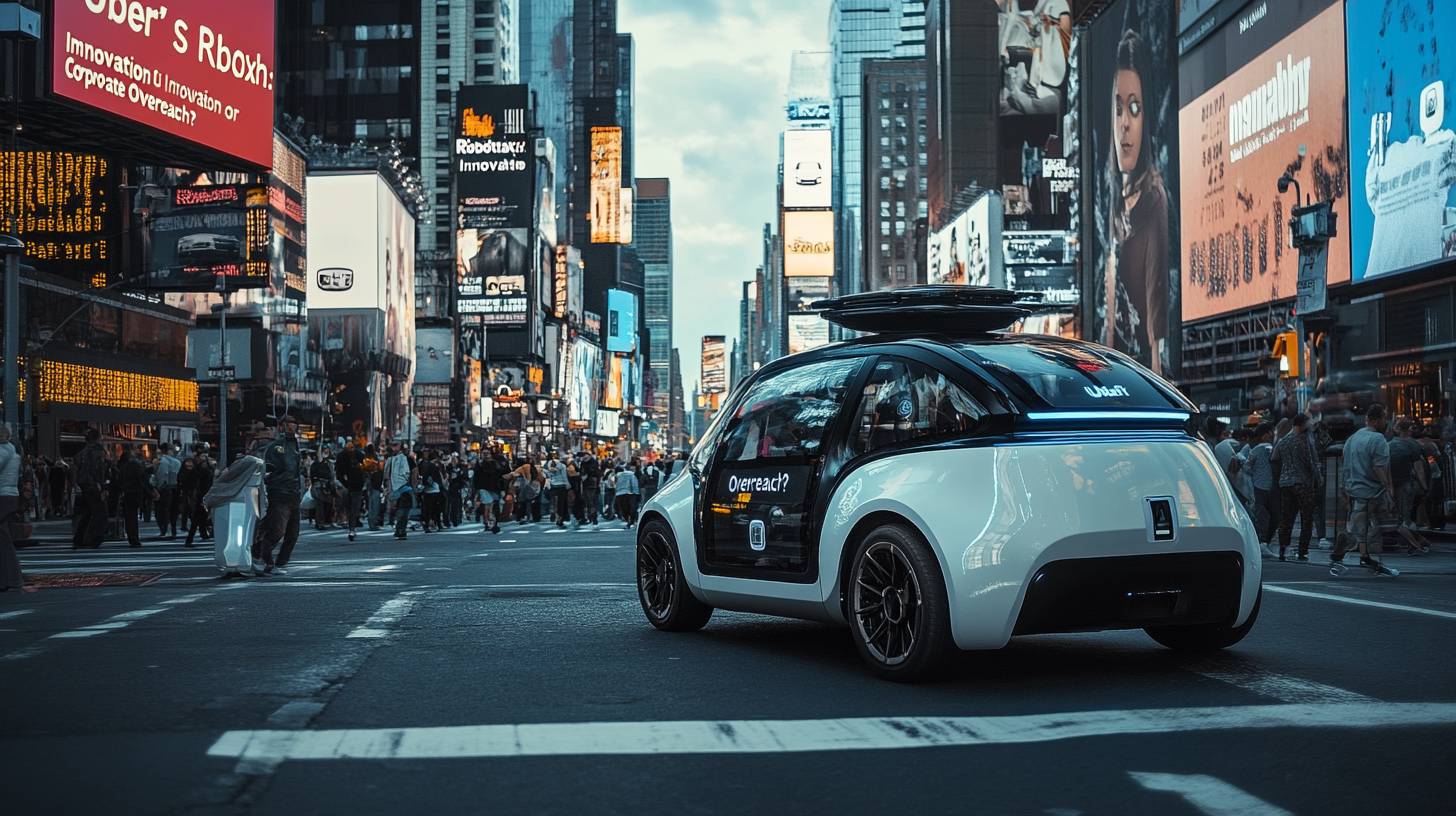
Emergence of robotaxis: a look ahead at mobility
When you consult figures like Cathy Wood from ARK Investment and Tesla’s Elon Musk about the future of mobility, their likely response would be a single term: robotaxis.
The reasoning is quite clear.
Firms such as Google’s Waymo and General Motors’ Cruise have provided the general public with a preview of a reality that once existed only in the most imaginative sci-fi films and series: a world where humans are not required to drive.
Through an app, users can hail a self-driving vehicle to transport them to their desired locations.
A groundbreaking partnership is set to facilitate this, but it simultaneously brings to light issues regarding those who may be overlooked.
Uber’s shift towards robotaxis
On August 22, Uber announced a “multiyear strategic partnership” with Cruise to facilitate rides in its autonomous cars via the Uber ridesharing app.
Starting in 2025, Uber users will have the opportunity to ride in one of Cruise’s Chevrolet Bolt self-driving cars for “qualifying rides.”
This collaboration with Cruise marks not Uber’s initial venture into autonomous driving; the global tech and transportation giant has also teamed up with Google’s Waymo for autonomous rides and has attempted its own branded robotaxis as recently as 2022.
The goal of this alliance, as stated by both Uber and Cruise executives, is to broaden access to autonomous vehicles to as many individuals as possible. Teaming up with Uber gives Cruise the chance to reach a larger potential customer base.
“Cruise is dedicated to utilizing driverless technology to enhance street safety and redefine urban living,” remarked Marc Whitten, CEO of Cruise. “We are thrilled to collaborate with Uber to extend the advantages of safe, reliable, autonomous transportation to an even larger audience, ushering in a new chapter of urban mobility.”
A representative from Cruise disclosed to Gizmodo that the inaugural city to use robotaxis booked through the Uber app will be either Phoenix, Dallas, or Houston.
The ramifications for drivers: issues and obstacles
The onset of robotaxis in the transport ecosystem poses various challenges, especially for individuals who depend on driving for their livelihood. The emergence of autonomous vehicles, while heralding a future of ease and efficiency, also threatens to displace a considerable segment of the workforce. This apprehension resonates not only in the United States but also in Australia, where the gig economy has become a crucial component of the job market.
In cities such as Sydney and Melbourne, where ride-sharing platforms have already disrupted the conventional taxi industry, the introduction of robotaxis could amplify the financial pressure on drivers. The Australian taxi sector, already witnessing a decline in taxi license values due to the rise of ride-sharing apps, might encounter additional strain as self-driving cars gain traction. For numerous drivers, the anxiety extends beyond mere income loss to encompass greater concerns regarding their livelihoods and the communities they support.
Additionally, the regulatory framework in Australia could significantly influence how swiftly and largely robotaxis are embraced. While technological advancements are rapid, the Australian government’s cautious stance on autonomous vehicles includes various trials and pilot initiatives nationwide. However, as demonstrated in other markets, the momentum from tech giants and automotive firms could hasten the timeline for widespread adoption, potentially leaving drivers with insufficient time to adjust.
For drivers, the transition to autonomous vehicles could lead to extended hours and reduced earnings as they contend with a fleet of robotaxis that require no breaks and bear no labor costs. This situation is especially troubling in a nation like Australia, where living expenses in major urban areas are already steep, and the gig economy is a vital income source for many. The potential for job displacement looms large, prompting significant questions about the future of employment in an increasingly automated environment.
While some specialists contend that the shift to robotaxis will be gradual, allowing drivers ample time to adapt, others caution that the speed of technological evolution may surpass workers’ abilities to retrain or seek new job opportunities. Financial obstacles to entry for robotaxis, such as the steep costs of vehicles and regulatory challenges, might delay their assimilation, but they are unlikely to halt the inevitable transition towards automation in the transport sector.
As Australia navigates these complexities, it will be vital for policymakers, industry leaders, and workers to engage in dialogue regarding the future of mobility and the role of human drivers in a progressively automated landscape. The effects on drivers transcend mere economic factors; they also touch upon social equity and the equitable distribution of the advantages and drawbacks of technological advancement.

